Top 30 Dwarf and Carpet Plants for the Foreground of Planted Tanks
The foreground of your planted aquarium is a critical area that sets the tone for your entire aquascape. Choosing the right plants for this space can feel tricky since not every plant suits the foreground. In this guide, I’ll walk you through 30 fantastic dwarf and carpet plants that can transform your tank’s foreground into a stunning display of small bushes or lush carpets. Let’s dive in!
- Alternanthera reineckii 'Mini'
- American Shoreweed - Littorella uniflora
- Banana Plant - Nymphoides aquatica
- Chain Sword - Echinodorus quadricostatus
- Cryptocoryne parva
- Crystalwort - Riccia fluitans
- Downoi - Pogostemon helferi
- Dwarf Cardinal Plant - Lobelia cardinalis
- Dwarf Hairgrass - Eleocharis acicularis
- Dwarf Hairgrass - Eleocharis parvula
- Dwarf Hygrophila - Hygrophila 'Araguaia'
- Dwarf Baby Tears - Hemianthus callitrichoides 'Cuba'
- Dwarf Four Leaf Clover - Marsilea hirsuta
- Dwarf Sag - Sagittaria subulata
- Eriocaulon cinereum
- Glossostigma elatinoides
- Grass Leaved Bladderwort - Utricularia graminifolia
- Gratiola viscidula
- Japanese Dwarf Pennywort - Hydrocotyle tripartita
- Java Moss - Taxiphyllum barbieri
- Large Pearl Grass - Micranthemum 'Monte Carlo'
- Marimo Moss Ball - Cladophora aegagropila
- Micro Sword - Lilaeopsis brasiliensis
- Moneywort - Bacopa monnieri 'Compact'
- Pearlweed - Hemianthus micranthemoides
- Pellia Moss - Monosolenium tenerum
- Pygmy Chain Sword - Echinodorus tenellus
- River Buttercup - Ranunculus inundatus
- Staurogyne repens
- Whorled Marsh Pennywort - Hydrocotyle verticillata
Alternanthera reineckii ‘Mini’
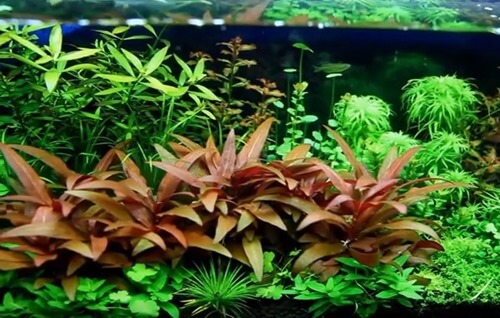 Alternanthera reineckii 'Mini' #ad
Alternanthera reineckii 'Mini' #ad
- Position: carpet, foreground, midground
- Care level: medium
- Growth: medium
- Height: 2 – 4+ inches (5 – 10+ cm)
- Lighting: medium
- CO2: medium
Let me introduce you to Alternanthera reineckii ‘Mini,’ a perfect pick for your foreground or midground. Its striking red hue instantly draws the eye, making it a focal point in any aquascape. To keep it thriving and vibrant, provide moderate to strong lighting and consider CO2 injection. Adding nutrients via substrate or liquid fertilizer will ensure it stays lush and healthy.
American Shoreweed – Littorella uniflora
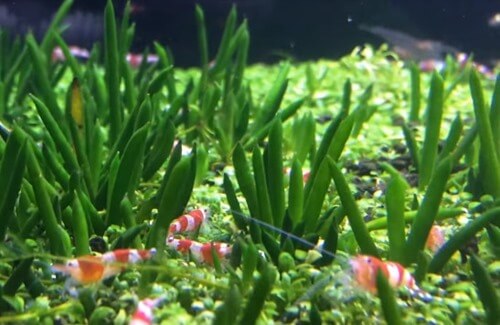
- Position: foreground, nano tanks
- Care level: easy
- Growth: slow
- Height: 1.2 – 2+ inches (3 – 5+ cm)
- Lighting: low
- CO2: low
Next up is American Shoreweed, a slow-growing gem ideal for your foreground or nano tanks. It’s perfect if you’re aiming for a lawn effect, though its leisurely pace means pairing it with faster-growing carpet plants can speed up coverage. It thrives under low light, and when planting, space each rosette about an inch apart. Once established, it sends out runners that sprout plantlets, gradually filling your foreground.
Banana Plant – Nymphoides aquatica
- Position: foreground, nano tanks
- Care level: medium
- Growth: medium
- Height: 6+ inches (15+ cm)
- Lighting: medium
- CO2: medium
Meet the Banana Plant, or Banana Lily, named for its quirky banana-shaped tubers that store nutrients. It’s a breeze to care for—just rest the tubers on the substrate or let it float freely. Avoid burying them, or they’ll rot. Once settled, it develops thinner roots to draw nutrients from the substrate, and its leaves float gracefully. I love growing these in my Betta tanks with gravel and low light to keep those iconic tubers visible longer.
Chain Sword – Echinodorus quadricostatus
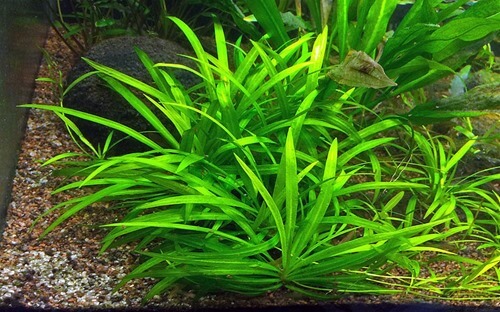
Image by Tommy Kronkvist
- Usages: high carpet, foreground, midground
- Care level: easy
- Growth: fast
- Height: 4 – 6+ inches (10 – 15+ cm)
- Lighting: low
- CO2: low
Hailing from Central and South America, the Chain Sword, or Wide Leaf Chain Sword, brings light green leaves to your tank. Reaching up to 6 inches, it’s a fantastic foreground plant for larger setups. It’s simple to plant and maintain, thriving with minimal light and CO2—perfect for beginners looking to add some quick greenery.
Cryptocoryne parva
- Position: foreground, carpet
- Care level: medium
- Growth: slow
- Height: 2 – 4+ inches (5 – 10+ cm)
- Lighting: medium
- CO2: low
Cryptocoryne parva, the smallest of its genus, grows just 2 to 4 inches, making it an excellent foreground choice. Its grass-like green leaves form a dense carpet over time. It’s a bit tricky to establish due to its slow growth, so be patient and attentive early on. It needs more light than some foreground plants, and once planted, avoid moving it to prevent rot or wilting.
Crystalwort – Riccia fluitans
- Position: carpet, foreground, midground, floating
- Care level: medium
- Growth: medium
- Height: 1.2 – 2+ inches (3 – 5+ cm)
- Lighting: medium
- CO2: medium
Crystalwort is a favorite among freshwater hobbyists, with its vibrant green threads forming a thick clump. Lacking true roots, it can float unless secured. Try using a hairnet to wrap it around driftwood or stones—it’ll stay put and grow into a cushion, offering shelter for fry. It reaches up to 2 inches and needs medium light and some care to keep it grounded.
Downoi – Pogostemon helferi
- Position: high carpet, foreground, midground
- Care level: medium
- Growth: medium
- Height: 1.2 – 4+ inches (3 – 10+ cm)
- Lighting: medium
- CO2: medium
From Thailand, Downoi—or “Little Star”—boasts wavy, rosette-shaped leaves and is beginner-friendly. Plant it in substrate, or attach it to porous rocks or driftwood for a unique look. For a carpet effect, space them 2 inches apart. It grows fast and needs extra nutrients, thriving between 68-85°F and reaching up to 4 inches or more.
Dwarf Cardinal Plant – Lobelia cardinalis
- Position: carpet, foreground, midground
- Care level: easy
- Growth: medium
- Height: 8 – 12+ inches (20 – 30+ cm)
- Lighting: low
- CO2: low
The Dwarf Cardinal Plant is a hobbyist favorite with its smooth, round leaves. It’s versatile as a carpet, foreground, or midground plant and perfect for beginners due to its resilience and low trimming needs. It grows fine with minimal light and CO2, but for faster growth, boost both. Trim it down from its 8-12 inch potential to suit your design.
Dwarf Hairgrass – Eleocharis acicularis
- Position: carpet
- Care level: medium
- Growth: slow
- Height: 1.2 – 2+ inches (3 – 5+ cm)
- Lighting: medium
- CO2: medium
Dwarf Hairgrass is a go-to for carpeting, especially in nano tanks. Its tiny profile creates a natural, grassy look. With a slow growth rate, it won’t need frequent trims, but it does demand medium to high light to stay vibrant—ideal for a low-maintenance foreground accent.
Dwarf Hairgrass – Eleocharis parvula
- Position: carpet, foreground
- Care level: easy
- Growth: fast
- Height: 3+ inches (7.6+ cm)
- Lighting: low
- CO2: low
Another Dwarf Hairgrass variant, Eleocharis parvula, is a beginner’s dream for carpeting. It grows faster and requires less fuss than its cousin, acicularis, adding a rich green pop to your tank. Trim it weekly to encourage full growth—it’s low-effort and high-reward!
Dwarf Hygrophila – Hygrophila ‘Araguaia’
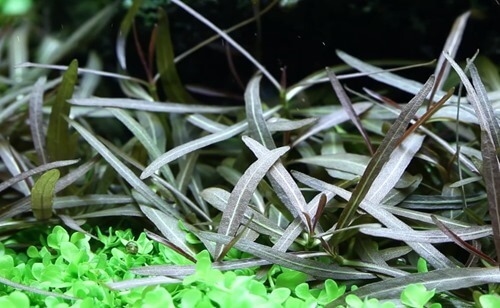
- Position: carpet, foreground
- Care level: medium
- Growth: medium
- Height: 4 – 8+ inches (10 – 20+ cm)
- Lighting: medium
- CO2: medium
Hygrophila ‘Araguaia’ is a stunning addition with needle-like leaves that turn red and purple under ideal conditions. It’s great for carpets or foregrounds, adding vibrant color. Fertilize it well to support its medium growth rate, and watch it enhance your tank’s visual appeal.
Dwarf Baby Tears – Hemianthus callitrichoides ‘Cuba’
- Position: carpet, foreground
- Care level: advanced
- Growth: medium
- Height: 1.2 – 2+ inches (3 – 5+ cm)
- Lighting: high
- CO2: high
Dwarf Baby Tears is a renowned carpet plant, tiny yet mighty. Its small size demands patience—use tweezers to plant it into the substrate. High light and CO2 are non-negotiable for it to flourish into a lush green carpet, perfect for any tank size.
Dwarf Four Leaf Clover – Marsilea hirsuta
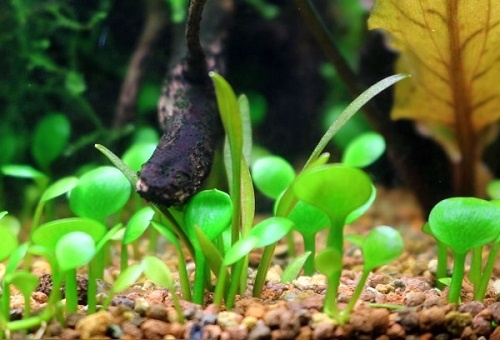
- Position: carpet, foreground, nano planted tank
- Care level: easy
- Growth: medium
- Height: 2+ inches (5+ cm)
- Lighting: low
- CO2: low
The Dwarf Four Leaf Clover, or Water Clover, is a delightful plant resembling its terrestrial namesake. Underwater, its leaves flatten into ovals and eventually form a creeping rhizome. It’s an excellent, easy-to-grow substitute for Glossostigma, making it a great choice for beginners. Use it as a carpet or foreground plant—it thrives in most conditions with minimal care. It grows to about 2 inches, and while it doesn’t demand much CO2 or light, adequate lighting is key for a dense carpet, as it may stretch taller under low light.
Dwarf Sag – Sagittaria subulata
- Position: midground, carpet in large tanks
- Care level: easy
- Growth: fast
- Height: 2 – 12+ inches (5 – 30+ cm)
- Lighting: low
- CO2: medium
Let’s talk about Dwarf Sag, also known as Narrow Leaf Sag. This fast-growing plant is a breeze for beginners and works well as a midground accent or carpet in larger tanks. Its bright green leaves add depth to your aquascape—try planting it near darker driftwood for contrast. Space them out when planting, as their thick leaves can look bulky if too close. Depending on light and CO2, it can grow from 2 to 12 inches, so adjust accordingly to fit your vision.
Eriocaulon cinereum
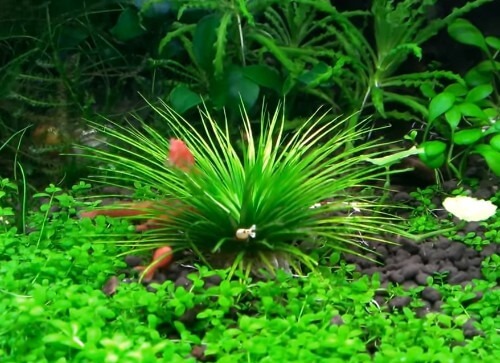
- Position: foreground, nano tank
- Care level: advanced
- Growth: slow
- Height: 1.2 – 4+ inches (3 – 10+ cm)
- Lighting: high
- CO2: high
Eriocaulon cinereum is a striking choice for foregrounds and nano tanks, but it’s not for the faint-hearted—it’s an advanced plant. Its dense, bright green leaves demand soft water, bright light, and plenty of CO2 for optimal growth, though it can survive without CO2 at a slower pace. Before planting, trim dead leaves and flower stalks, shorten roots to about an inch, and use fine tweezers to set them into the substrate. Patience pays off with this slow grower, reaching up to 4 inches.
Glossostigma elatinoides
- Position: carpet
- Care level: advanced
- Growth: fast
- Height: 1.2 – 2+ inches (3 – 5+ cm)
- Lighting: high
- CO2: high
Glossostigma elatinoides, or Glosso, is a fast-growing carpet plant popular in Dutch and Nature-style aquariums. It’s not the easiest to grow, but with ample light and CO2, it forms a lush, green carpet up to 2 inches tall. Maintenance is key—without proper nutrients, its leaves may yellow instead of staying vibrant. If you’re up for the challenge, this plant can cover your tank floor beautifully in no time.
Grass Leaved Bladderwort – Utricularia graminifolia
- Position: carpet
- Care level: advanced
- Growth: medium
- Height: 1.2 – 4+ inches (3 – 10+ cm)
- Lighting: medium
- CO2: medium
For advanced aquarists, Grass Leaved Bladderwort is a fantastic carpet option. Its needle-like leaves create a dense, striking ground cover. It’s a bit tricky to grow, needing moderate light and CO2 to reach 1 to 4 inches. To plant it easily, divide it into small clumps and bury them deep in the substrate. With care, it’ll reward you with a beautiful carpet effect.
Gratiola viscidula
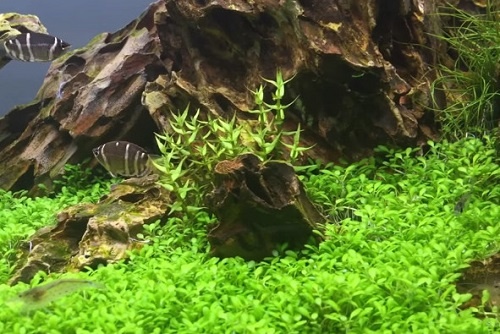
- Position: Foreground, Midground
- Care level: Medium
- Growth: Slow
- Height: 1.2 – 4+ inches (3 – 10+ cm)
- Lighting: Medium
- CO2: Medium
Gratiola viscidula shines as a foreground or midground plant with its thorny, light green leaves—an eye-catching accent when grown well. It’s moderately challenging, requiring medium light and CO2. Growing slowly up to 4 inches, it doesn’t need frequent trims, but you can prune it to maintain its unique shape. It’s a subtle yet stunning addition to your tank.
Japanese Dwarf Pennywort – Hydrocotyle tripartita
- Position: carpet, foreground, midground
- Care level: medium
- Growth: fast
- Height: 2+ inches (5+ cm)
- Lighting: medium
- CO2: low
From Southeast Asia, Japanese Dwarf Pennywort adds dimension with its lovely green leaves. It’s versatile for carpets, foregrounds, or midgrounds and grows fast with medium light—CO2 is optional but helps for carpeting. Trim it regularly and pin new branches into the substrate weekly; they’ll root and spread, creating a lush layer up to 2 inches or more.
Java Moss – Taxiphyllum barbieri
- Position: on substrate, stones, or driftwoods
- Care level: easy
- Growth: medium
- Height: 1.2 – 4+ inches (3 – 10+ cm)
- Lighting: low
- CO2: low
Java Moss is a hardy, beginner-friendly moss that adapts to any tank. For a carpet, attach it to moss mats on the substrate; for foreground or midground flair, secure a thin layer to rocks or driftwood with thread or fishing line. It grows to 4 inches with minimal light and CO2, requiring little upkeep—a perfect starter plant!
Large Pearl Grass – Micranthemum ‘Monte Carlo’
- Position: carpet
- Care level: medium
- Growth: medium
- Height: 1.2 – 2+ inches (3 – 5+ cm)
- Lighting: medium
- CO2: medium
Large Pearl Grass, or Monte Carlo, is a beginner-to-expert favorite. Its small, round leaves form a bright green carpet with sufficient light and CO2, growing 1.2 to 2 inches. Once established, it spreads fast, so trim it regularly to keep it neat. It can handle lower light, but its color pops best with proper conditions.
Marimo Moss Ball – Cladophora aegagropila
- Position: carpet, foreground, nano tanks
- Care level: easy
- Growth: slow
- Height: 1.2 – 4+ inches (3 – 10+ cm)
- Lighting: low
- CO2: low
Marimo Moss Balls aren’t true plants but filamentous algae, adding a natural vibe to your foreground or carpet. They’re super easy to care for, tolerating low light and CO2, and grow slowly up to 4 inches. Spread them across the substrate for a carpet or place them strategically—low maintenance with big impact!
Micro Sword – Lilaeopsis brasiliensis
- Position: carpet, foreground
- Care level: easy
- Growth: slow
- Height: 1.2 – 2+ inches (3 – 5+ cm)
- Lighting: medium
- CO2: medium
Micro Sword is a beginner-friendly carpet or foreground plant with a slow growth rate up to 2 inches. Plant it densely for a grassy, natural look—it even tolerates low light and CO2, plus brackish water with low salt. It’s a low-effort way to enhance your tank’s front line.
Moneywort – Bacopa monnieri ‘Compact’
- Position: high carpet, foreground, midground
- Care level: easy
- Growth: fast
- Height: 1.2 – 4+ inches (3 – 10+ cm)
- Lighting: low
- CO2: low
Moneywort’s growth depends on light—with plenty, it creeps into a bright green carpet; with less, it stretches taller. It’s fast-growing and easy to manage, needing trims every 4-5 weeks to shape it into a perfect carpet or foreground up to 4 inches. New shoots keep it spreading effortlessly.
Pearlweed – Hemianthus micranthemoides
- Position: high carpet, foreground, midground
- Care level: advanced
- Growth: medium
- Height: 2 – 6+ inches (5 – 15+ cm)
- Lighting: medium
- CO2: medium
Pearlweed adapts to your tank’s light—vertical with low light, horizontal with more—reaching 2 to 6 inches. Its bright color contrasts beautifully with darker plants, but it needs regular trimming to stay in shape. It’s a bit advanced, but with care, it’s a stunning carpet or foreground addition.
Pellia Moss – Monosolenium tenerum
- Position: on substrate, stones, or driftwoods
- Care level: easy
- Growth: medium
- Height: 1.2 – 2+ inches (3 – 5+ cm)
- Lighting: low
- CO2: low
Pellia Moss is a no-fuss plant that grows on any surface—substrate, stones, or driftwood—up to 2 inches. It’s easy to care for with low light and CO2, making it a natural hideout for small fish and shrimp. Perfect for a beginner’s foreground!
Pygmy Chain Sword – Echinodorus tenellus
- Position: carpet, foreground
- Care level: easy
- Growth: fast
- Height: 3+ inches (7.6+ cm)
- Lighting: low
- CO2: low
Pygmy Chain Sword is a low-maintenance, fast-growing plant ideal for beginners. Its narrow leaves form a lush green carpet up to 3 inches, spreading quickly even with low light and CO2. With extra light and nutrients, it’ll cover your foreground in no time—a hassle-free beauty!
River Buttercup – Ranunculus inundatus
- Position: foreground, midground
- Care level: medium
- Growth: medium
- Height: 2+ inches (5+ cm)
- Lighting: medium
- CO2: medium
River Buttercup stands out with its bright color and broad, forked leaves on slender stems. It grows moderately to 2 inches or more with adequate light, CO2, and nutrients—new plants sprout from runners. Watch out for low light; stems thin out and leaves yellow without proper care.
Staurogyne repens
- Position: carpet, foreground, midground
- Care level: easy
- Growth: medium
- Height: 1.2 – 4+ inches (3 – 10+ cm)
- Lighting: low
- CO2: low
Staurogyne repens is a slow grower that forms a lovely foreground bush with small, spade-shaped leaves, reaching 1.2 to 4 inches. It’s easy to handle—grow it on wood or rocks—and thrives with minimal light and CO2. Prune regularly and replant cuttings for a fuller look.
Whorled Marsh Pennywort – Hydrocotyle verticillata
- Position: carpet, foreground, midground
- Care level: advanced
- Growth: medium
- Height: 1.2 – 4+ inches (3 – 10+ cm)
- Lighting: high
- CO2: medium
Whorled Marsh Pennywort, or Whorled Umbrella Plant, boasts unique leaves and a medium growth rate up to 4 inches. It’s advanced due to its need for high light to stay compact—low light makes it tall and stringy. Plant it with care, and it’ll reward you with a striking carpet or foreground display.

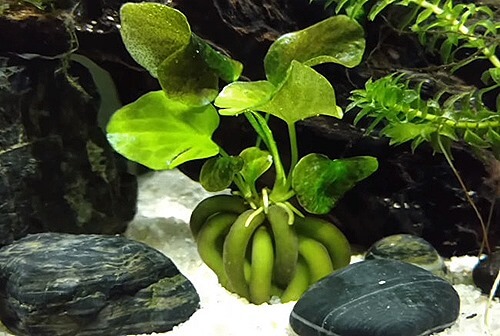 Banana plant #ad
Banana plant #ad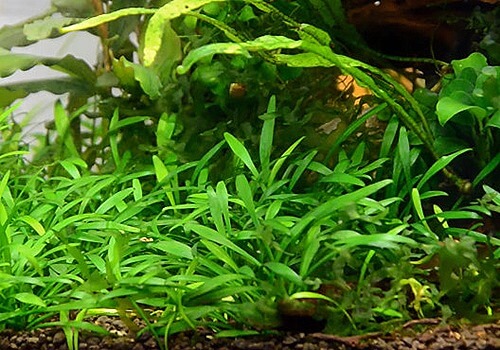 Cryptocoryne parva #ad
Cryptocoryne parva #ad Riccia #ad
Riccia #ad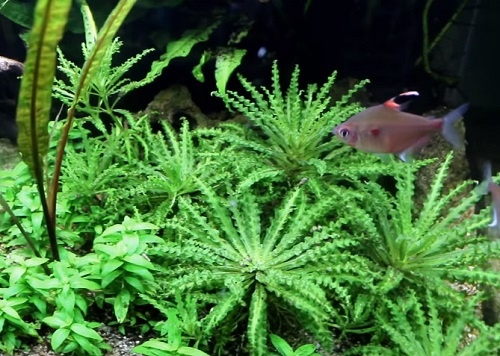 Pogostemon helferi #ad
Pogostemon helferi #ad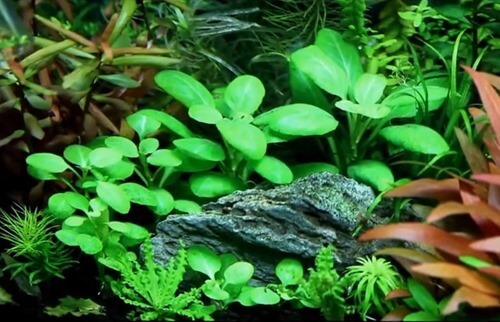 Cardinal plant #ad
Cardinal plant #ad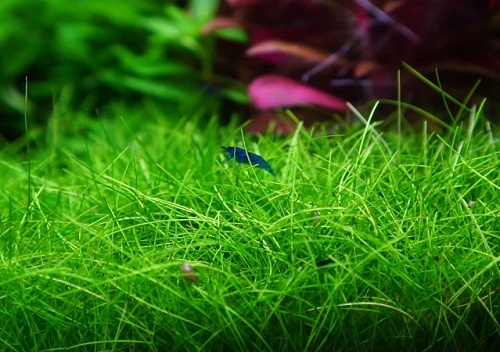 Dwarf Hairgrass #ad
Dwarf Hairgrass #ad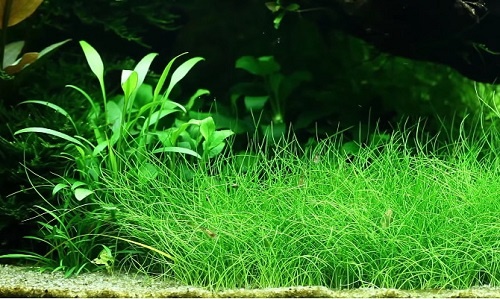 Dwarf Hairgrass #ad
Dwarf Hairgrass #ad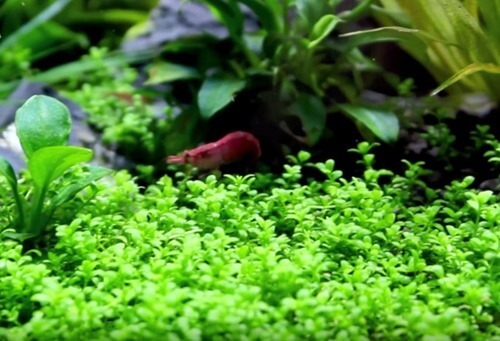 Cuba pearl grass #ad
Cuba pearl grass #ad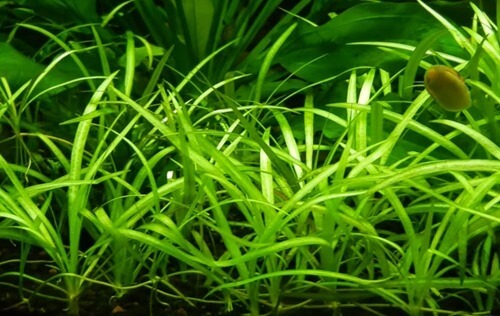 Dwarf Sag #ad
Dwarf Sag #ad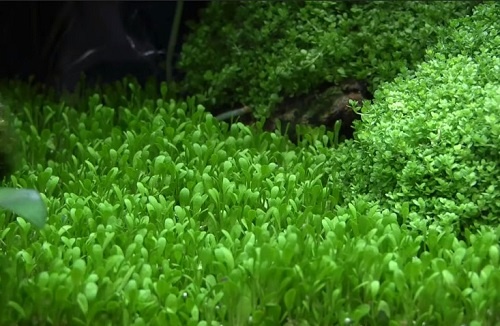 Glossostigma elatinoides #ad
Glossostigma elatinoides #ad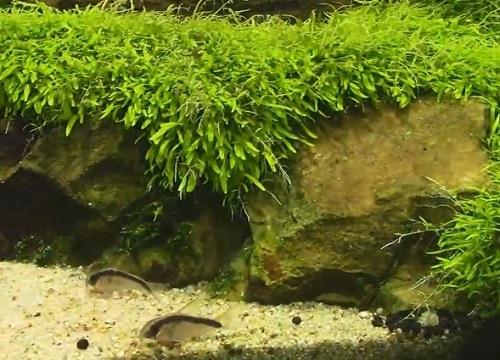 Grass leaved bladderwort #ad
Grass leaved bladderwort #ad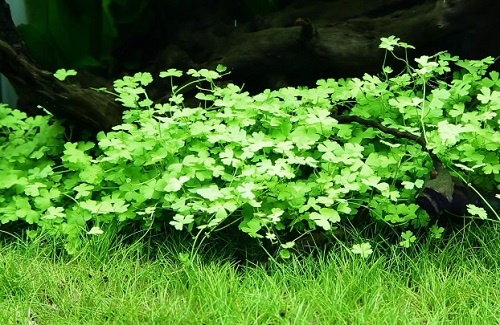 Japanese dwarf pennywort #ad
Japanese dwarf pennywort #ad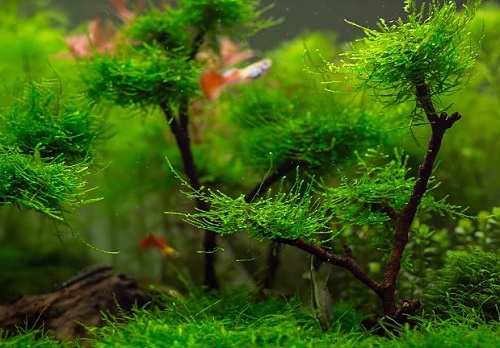 Java moss #ad
Java moss #ad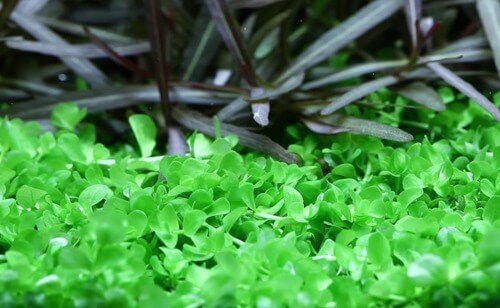 Monte Carlo #ad
Monte Carlo #ad Marimo moss ball #ad
Marimo moss ball #ad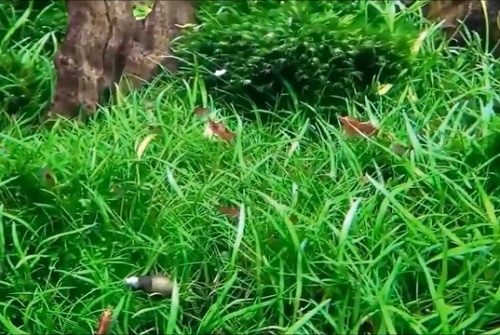 Micro Sword #ad
Micro Sword #ad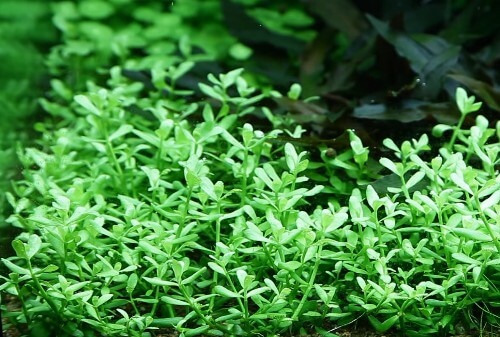 Moneywort #ad
Moneywort #ad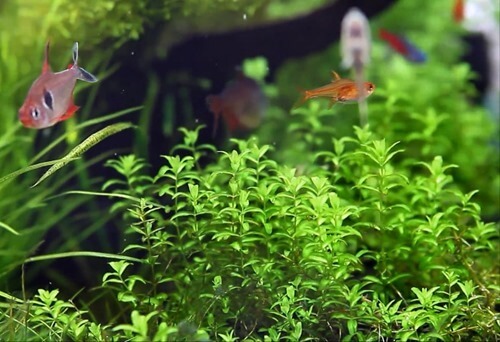 Pearlweed #ad
Pearlweed #ad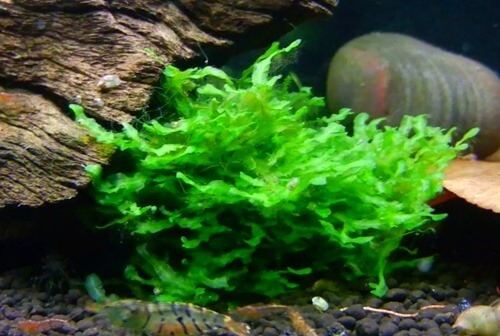 Pellia moss #ad
Pellia moss #ad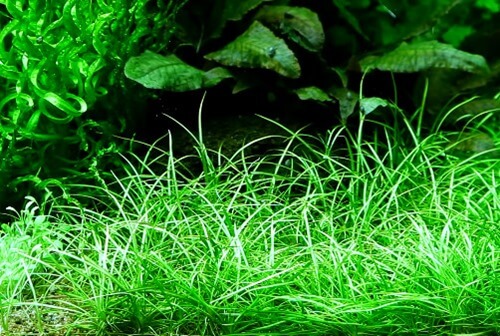 Pygmy Chain Sword #ad
Pygmy Chain Sword #ad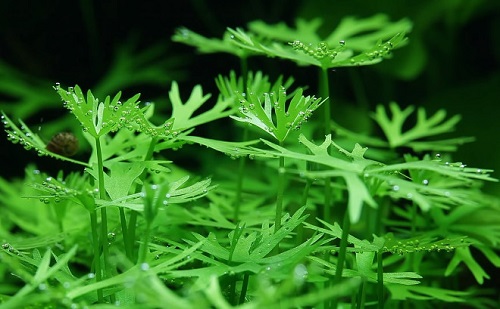 River Buttercup #ad
River Buttercup #ad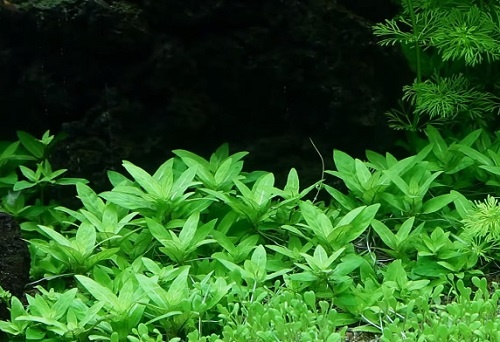 Staurogyne repens #ad
Staurogyne repens #ad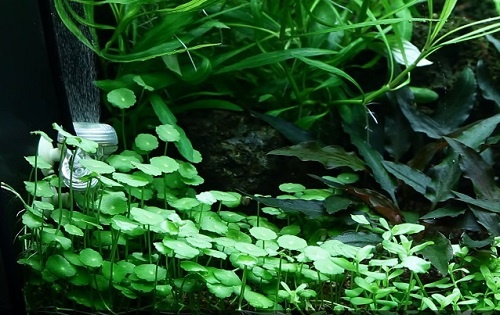 Whorled marsh pennywort #ad
Whorled marsh pennywort #ad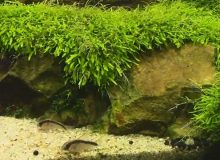
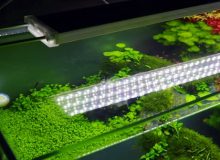
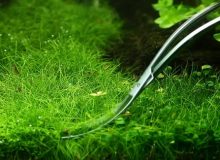
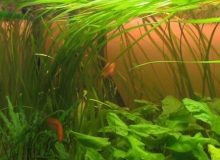
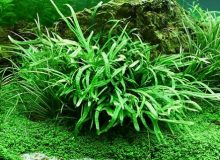
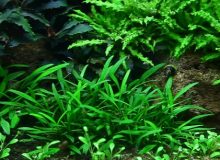
Leave a Reply